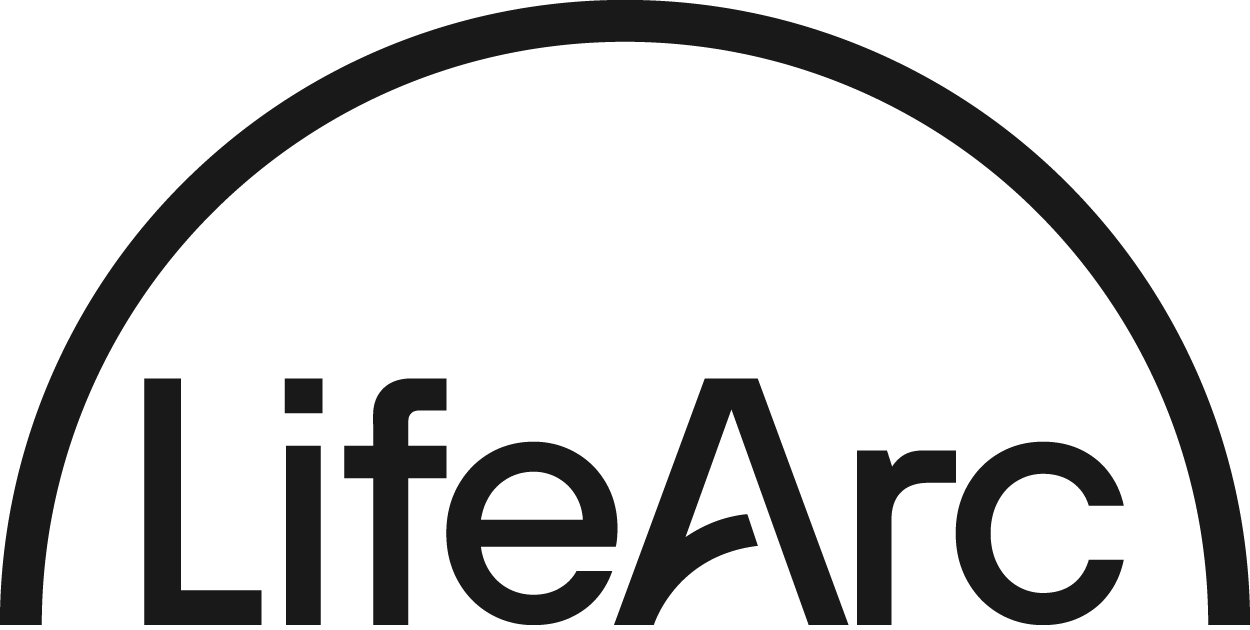Five Things To Know About The Antifungal Drug Pipeline
Fungal diseases have become increasingly more prevalent, greatly starting with the HIV epidemic in the mid-20th century and continuing to rise with advancements in modern medicine and increasing numbers of immunosuppressed individuals. Fungal resistance to antifungal drugs is also a growing threat, secondary to selective pressure of antifungal drug use.
Antifungal drug development in the 21st century has left much to be desired, with no newly approved compounds since isavuconazonium sulfate in 2015. Additionally, the last novel antifungal drug class to be approved by the FDA was the echinocandins in 2001. The slow development of new antifungal agents can be partially explained by the fact that fungi possess eukaryotic machinery that closely resembles that of human cells. Because of this, it can be difficult to identify pathogen-specific targets that spare off-target effects in humans.
AMR NEWS
Every two weeks in your inbox
Because there should be one newsletter that brings together all One Health news related to antimicrobial resistance: AMR NEWS!





